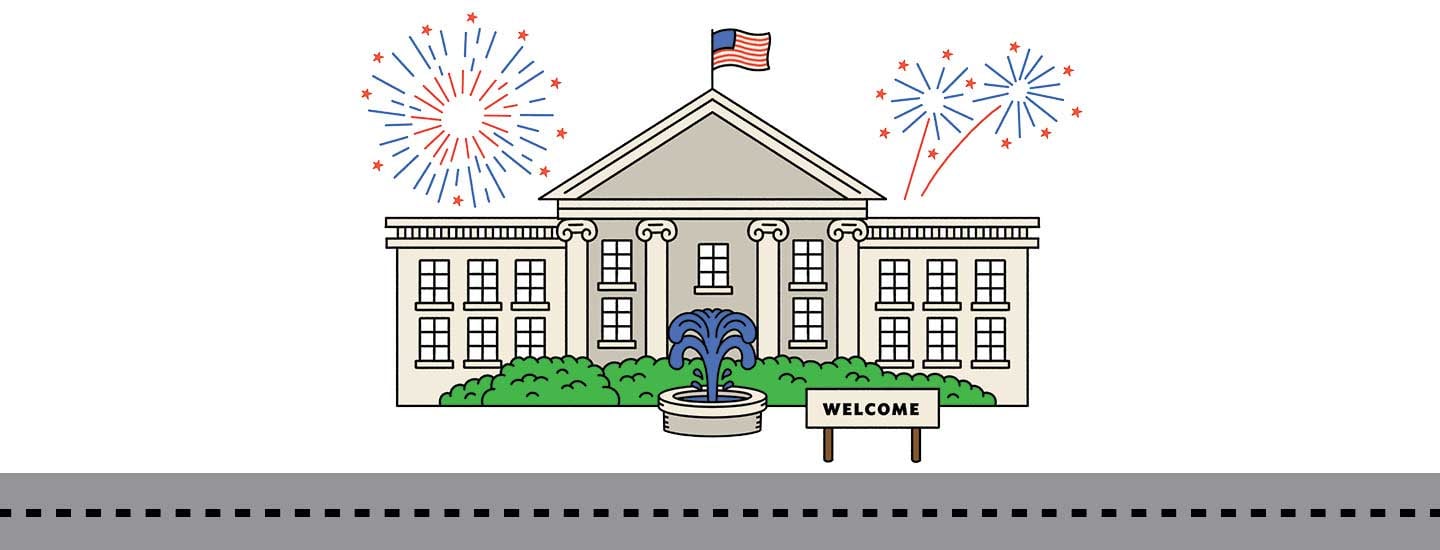Starting January 15, voters in every state and U.S. territory as well as the District of Columbia pick their favorite candidate in a primary or a caucus (political party meeting). These contests determine which Democratic and Republican candidates will become their party’s official nominee.
Common Core: RH.6-8.1, RH.6-8.2, RH.6-8.4, RH.6-8.7, WHST.6-8.4, RI.6-8.1, RI.6-8.2, RI.6-8.4, RI.6-8.7, W.6-8.4, SL.6-8.1
NCSS: Individuals, Groups, and Institutions • Power, Authority, and Governance • Civic Ideals and Practices

